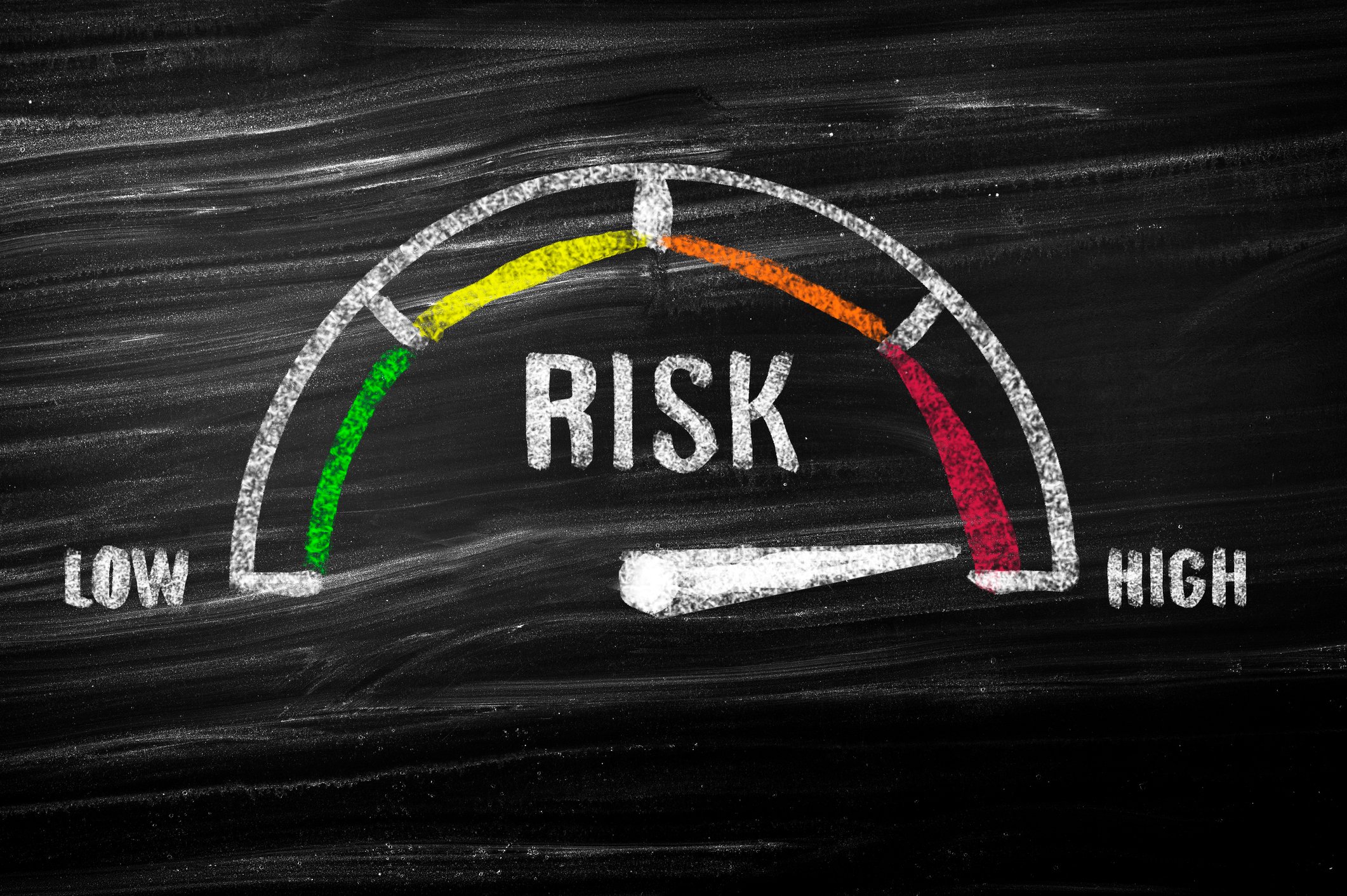Amid the disruptions and destabilization brought on by the pandemic, Carvana (CVNA +0.96%) has emerged as one best stock opportunities in 2020 thanks to its unique position as the country's largest exclusively online used car retailer.
So how big of an opportunity is it? Let's find out.
Huge gains from the COVID-19 low
As the COVID-19 panic set in around mid-March, Carvana's shares cratered from a February high of $110 per share to a low of just $29 per share on March 20. That's a jaw-dropping 74% decline in only four weeks.
What happened? Carvana had a non-trivial amount of debt on its balance sheet ($1.5 billion) at the end of 2019 and is still substantially free-cash-flow negative. The fear was that car sales would dry up, and the company's already high "cash burn" rate would only get worse. That would put the company's liquidity position in jeopardy.
But on March 30, Carvana announced it had raised $600 million of new equity capital at a price of $45 per share. Included in the $600 million were $25 million investments from both Ernest Garcia III, the founder and CEO, and Ernest Garcia II, the company's controlling shareholder.

Image source: Getty Images.
That injection of cash, and the vote of confidence from outside investors and the two key insiders, helped restore the market's confidence in the company's financial position. It also sent a message that Carvana would likely be able to raise additional capital if needed in the future. As a result, Carvana stock surged to as high as $92 per share in April.
From the March low to the $76 share price as of this writing, shares are up over 150% in just six weeks. That's a decent start as a candidate for 2020's best profit opportunity.
Where to from here?
While the cash infusion played a critical role, another part of the massive resurgence in the stock appears to have been a realization that the company's selling model could be tailor-made for the current environment. Using the Carvana platform, a shopper can stay home, browse roughly 30,000 vehicles online, arrange financing, arrange a trade-in, and make their purchase with just a few clicks and in minutes. The vehicle is delivered straight to the buyer's door, thus avoiding any need to visit brick-and-mortar delaerships or test drive a car -- an appealing proposition for consumer wary of the coronavirus. The company has even capitalized on this selling point in recent television ads, calling itself "the safer way to buy a car."
Certainly, industry car sales are down big right now. During the week of April 20, new car sales were down 59% versus the same week in the prior year, while used car sales were down 53%, according to Cox Automotive, the company behind Kelley Blue Book and Autotrader.
But if you want to, or need to, buy a car these days, Carvana is a good way to do so. Not only can you practice social distancing but Carvana's prices are estimated to be about $1,000 cheaper than comparable cars at traditional dealers, according to the company. That's especially attractive in a recession.
Share gains could be sticky
That's important because the more people try Carvana, the more people seem to like the company as well. The company's Net Promoter Score ("NPS"), a measure of how likely one is to recommend a product or service to a friend or colleague, was 82 as of last year. For context, an NPS score above 0 is considered "good," above 50 "excellent," and above 70 "world class."
With an NPS score in the 80s, customers who break through the mental roadblock of making such a major purchase online realize the typical convenience and other benefits associated with e-commerce apply to buying a vehicle as well. That should drive ongoing market share gains for the company over time as satisfied customers recommend the company to their friends, who go on to tell their other friends, and so on.
As a result, whenever used car sales show signs of improving along with the economy, it's a decent bet that Carvana hangs onto its COVID-19 share gains and grows revenue faster than people expect. That could drive the stock much higher. Though the stock has more than doubled from its March lows, it is still down 17% year to date, offering investors an attractive entry point for what should be a big winner in 2020 and beyond.






